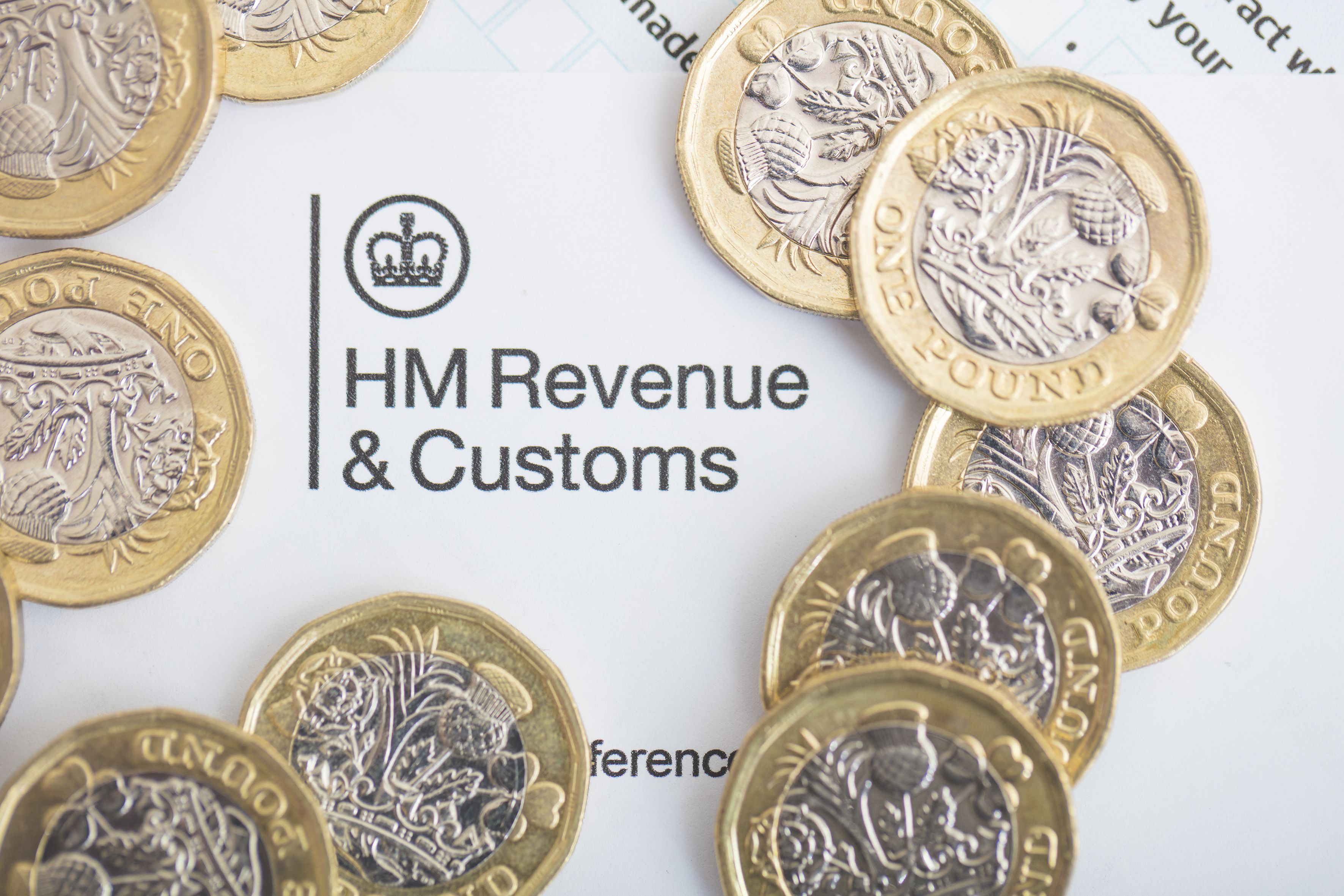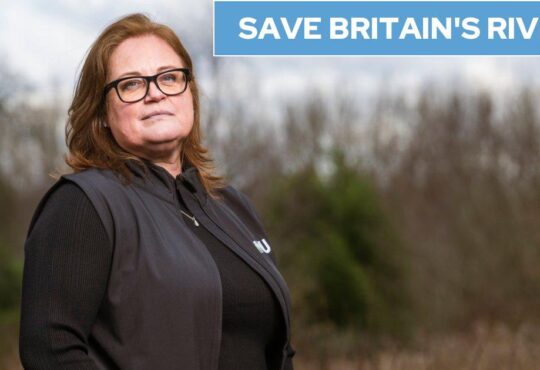 The introduction of the trust register has led to additional administration for trustees.
The introduction of the trust register has led to additional administration for trustees.
From 1 September 2022, all UK express trusts have had to register (unless exempt) and “relevant persons” such as product providers and advisers have also had to check proof of registration before entering into a new business relationship with the trustees.
From 1 April 2023, the requirement to carry out discrepancy checks was expanded to cover other occasions such as changes to trustees, beneficiaries or, in some cases, withdrawals or assignments out of the trust.
This expansion of “triggers” means it is now harder for trustees with unregistered trusts to continue administering the trust without registering but there are still a few areas which have caused confusion when doing so.
Start date
For the purposes of the trust register, the trust creation date is the date the trust deed is signed, or for a will trust the date of death of the settlor (the individual whose will created the trust).
Where the trust has been created by deed of variation (DOV), the date of the deed is the start date for the trust.
Settlor
For express trusts set up by individuals during their lifetime, the settlors’ names will be specified in the trust deed.
The settlor of a will trust is the deceased individual but where the trust has come about by DOV the position is more complex. The settlor of these trusts will be each person who took less under the DOV than they would have under the will.
Also, if there is property which would have been settled in trust on the death of the deceased via the will, which is now comprised in the new settlement, the deceased should also be recorded as settlor.
Beneficiaries
For absolute trusts with fixed beneficiaries, it is simply a matter of ensuring all beneficiaries are specifically named on the trust register.
Discretionary or interest in possession trusts can be problematic as they normally include numerous beneficiaries who can potentially benefit from the trust property. The beneficiaries may be specifically named in the trust wording but are often described as a class.
This use of classes can be useful, especially where the intention is for the trust to be in place for a long time to benefit multiple generations, some of whom are unborn when the trust is drawn up.
For example, let’s assume Alan sets up a discretionary gift trust to help alleviate his inheritance tax liability and to benefit his family.
Alan has two children, John and Alison. John is married to Clare and has a daughter named Elizabeth. Alison is divorced and has a son named Ryan. Alan’s children are wealthy in their own right, so it is unlikely they will require access to the trust, but the settlor wants them to have the ability to benefit if needed.
Alan’s thoughts are that the trust fund will be used to benefit his grandchildren or even great grandchildren (of which he currently has none).
In this scenario, a trust might be drawn up including the following classes of beneficiary:
- Any children, grandchildren or remoter issue of the settlor
- Any spouse/widow(er) of the settlor’s issue
In this instance, for the purposes of the trust register, the lead trustee needs to record the beneficiary classes and name any individual beneficiaries who can be identified.
The trust register only allows 56 characters to describe each class, so it’s sometimes necessary to summarise or break them down. In our example, it is not simply a case of copying the classes directly into the register, as bullet a) exceeds the maximum number of characters. You might choose to record three classes instead:
- Any children of the settlor
- Any grandchildren and remoter issue of the settlor
- Any spouse/widow(er) of the settlor’s issue
In addition to recording the classes of beneficiary, where any beneficiary within these classes is identifiable (i.e. they are alive), their details should be recorded separately as an “individual” entry on the register.
This applies regardless of whether the potential beneficiary is intended to benefit from the trust or not. The register asks for beneficiaries who may benefit, not those who will benefit.
The trustees should provide the full name, date of birth, nationality and country of residence of the identifiable beneficiaries. Looking back at our example, there are five beneficiaries who can be identified (John, Alison, Elizabeth, Ryan and Clare) so they also need to be recorded as individuals.
While registering a trust is the responsibility of trustees, it’s important to remember that under their obligations as “relevant persons”, advisers are required to check trusts are registered and that the information held is accurate.
Although not a welcome addition to an adviser’s workload, the trust register is not going away anytime soon, so getting to grips with what is required will save time in the long run.
Neil Macleod is technical manager at M&G Wealth





